8 Tips for Buying a Used Wine Cooler | Preserve Your Wine Collection with Confidence
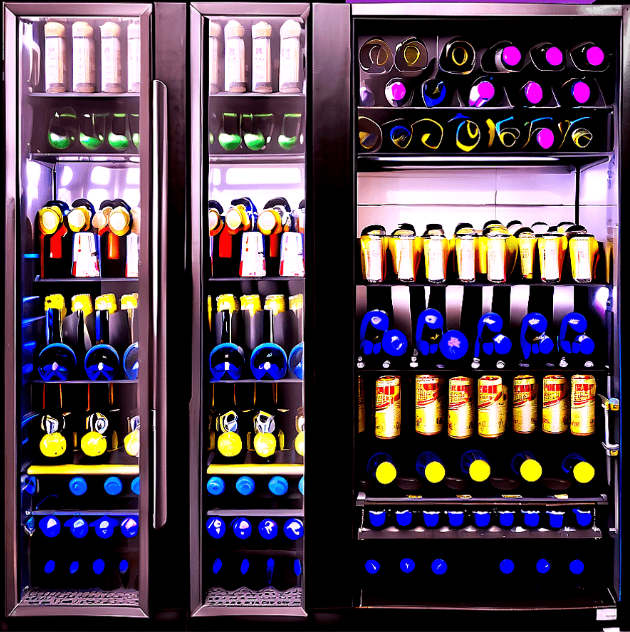
Content
A wine cooler is an essential appliance for wine enthusiasts, ensuring that your collection is stored at the ideal temperature and humidity levels. However, purchasing a used wine cooler can be a cost-effective way to enjoy these benefits without breaking the bank. While the used market offers great deals, it's crucial to know what to look for to avoid common pitfalls. This guide will walk you through the key considerations when buying a used wine cooler, so you can make an informed decision and protect your valuable wine collection.
1 Inspect the Condition

Check for Physical Damage
Examine the cooler for dents, scratches, or other signs of wear and tear.
Inspect the Door Seal
Ensure the door seal is intact to maintain proper temperature and humidity.
Test the Cooling System
Verify that the cooling system works efficiently by running the cooler for a short period.
Look for Signs of Mold or Rust
Inspect the interior for mold, rust, or any unpleasant odors.
Detailed Description
When purchasing a used wine cooler, one of the first steps is to thoroughly inspect the unit for any physical damage. Check for visible dents, scratches, or wear and tear, particularly around the edges and corners, as these could indicate rough handling or previous issues. Additionally, pay close attention to the door seal, as a compromised seal can lead to temperature fluctuations, which can negatively affect your wine. The seal should be flexible and free from cracks or gaps to ensure an airtight closure. Testing the cooling system is crucial. Ask the seller to plug in the cooler and let it run for a short period while you observe its performance. The interior should reach the set temperature within a reasonable timeframe, and there should be no unusual noises, which could indicate a malfunctioning compressor or fan. Finally, thoroughly inspect the interior of the cooler for signs of mold, rust, or unpleasant odors. These can be indicators of poor maintenance or previous water damage, which could affect the quality of the wine stored in the cooler. Ensuring the unit is clean and in good condition will help you avoid costly repairs and ensure the longevity of your investment.
2 Assess the Size and Capacity

Determine Bottle Capacity
Calculate how many bottles the cooler can hold to match your storage needs.
Consider Available Space
Measure the space where you plan to place the cooler to ensure it fits.
Check for Adjustable Shelves
Verify if the shelves are adjustable to accommodate different bottle sizes.
Determine the Overall Dimensions
Assess the cooler's height, width, and depth to ensure it fits your space.
Detailed Description
Size and capacity are critical factors when choosing a wine cooler, especially if you're buying a used one. Start by determining the bottle capacity of the cooler. Depending on the size of your collection, you'll want a cooler that can comfortably store all your bottles with room for expansion. Keep in mind that some coolers list capacity based on standard 750ml bottles, so if you have larger or oddly shaped bottles, you may need a cooler with adjustable shelves. Consider the space available in your home where the cooler will be placed. Measure the area carefully to ensure the cooler will fit, leaving enough space for ventilation. It's also important to check the cooler's overall dimensions, including height, width, and depth, to ensure it fits seamlessly into your desired location. If the shelves are adjustable, this can be a significant advantage, allowing you to customize the interior layout to suit different bottle sizes, such as champagne or magnum bottles. By thoroughly assessing the size and capacity of the used wine cooler, you can ensure it meets your storage needs without taking up too much space in your home.
3 Consider the Cooling Technology
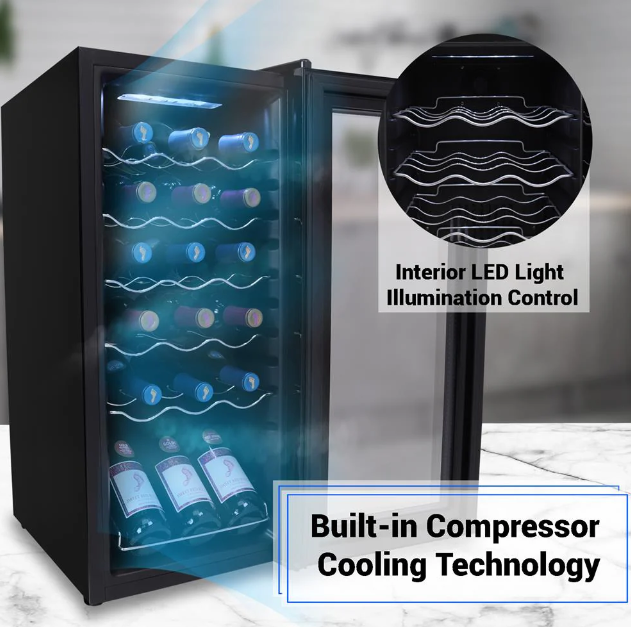
Compressor-Based Coolers
Understand the benefits of compressor-based coolers for larger collections.
Thermoelectric Coolers
Learn about thermoelectric coolers and their suitability for smaller spaces.
Dual-Zone Cooling
Assess if a dual-zone cooler is necessary for storing different types of wine.
Energy Efficiency
Value the cooler's energy efficiency, especially if it will run continuously.
Detailed Description
Understanding the cooling technology of the wine cooler is essential, as it affects the cooler's performance, noise levels, and energy efficiency. Compressor-based wine coolers are the most common type, especially in larger units. They offer powerful cooling and are ideal for storing a large collection of wine. However, they can be noisier and may vibrate slightly, which could disturb the sediment in the wine over time. Thermoelectric coolers, on the other hand, use a different technology that is quieter and vibration-free. These are often preferred for smaller spaces or for storing delicate wines that require minimal disturbance. However, thermoelectric coolers are generally less powerful than compressor models and may struggle to maintain consistent temperatures in very warm environments. If you have a diverse collection that includes both red and white wines, consider a dual-zone cooler. These units allow you to set different temperatures in two separate zones, ensuring that each type of wine is stored under optimal conditions. Finally, consider the energy efficiency of the cooler. A used model with an Energy Star rating or similar certification will consume less electricity, saving you money in the long run. By choosing the right cooling technology, you can ensure that your wine is stored at the perfect temperature, preserving its quality for years to come.
4 Check the Features
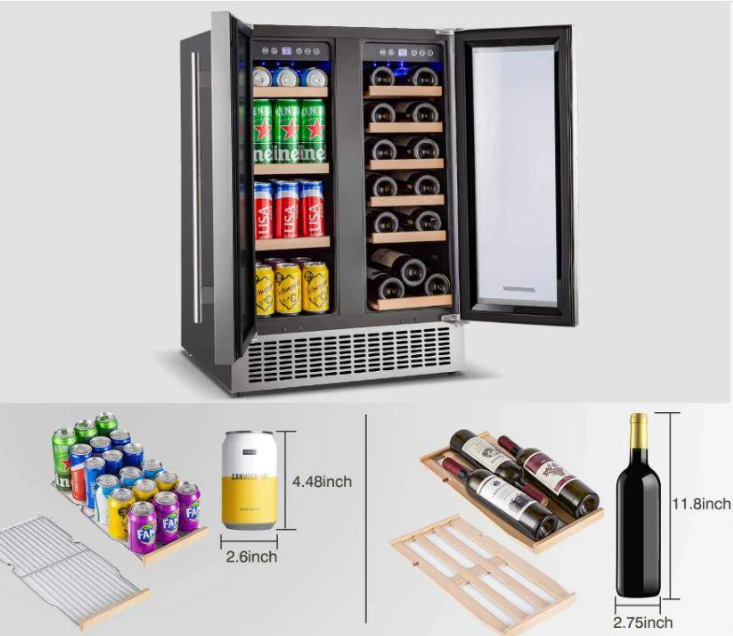
Temperature Control
Ensure the cooler has accurate and easy-to-use temperature controls.
Humidity Control
Look for a cooler with humidity control to maintain the proper environment.
Lighting
Consider the type of interior lighting and its effect on wine preservation.
Security Features
Set if the cooler has a lock or other security features to protect your collection.
Detailed Description
When selecting a used wine cooler, the features it offers can greatly impact its usability and the preservation of your wine. One of the most critical features is temperature control. The cooler should have precise and user-friendly temperature settings that allow you to adjust the temperature to suit different types of wine. Digital controls are generally more accurate than manual dials, and they often provide a clear display of the current temperature. Humidity control is another important feature, as maintaining the right humidity level (around 60-70%) is crucial for preserving the cork and preventing wine spoilage. Some coolers come with built-in humidity control, while others may require a separate humidifier. Interior lighting is also worth considering. LED lights are preferable, as they emit minimal heat and do not affect the wine's temperature. Additionally, they provide clear visibility without damaging the wine. Security features like a lock can be particularly useful if you want to protect your collection from unauthorized access. Whether you're storing valuable wines or simply want to keep your collection secure, a lockable cooler provides added peace of mind. By checking these features, you can ensure that the used wine cooler meets your needs and offers the necessary functionality to protect your wine collection.
5 Verify the Brand and Model

Research Reputable Brands
Look for well-known brands with a reputation for reliability.
Check for Model-Specific Reviews
Read reviews for the specific model to identify common issues.
Confirm Availability of Parts
Ensure that replacement parts are available for the model you’re considering.
Investigate the Warranty
Check if the cooler still has an active warranty or if extended warranties are available.
Detailed Description
When buying a used wine cooler, the brand and model play a significant role in the unit's reliability and longevity. Start by researching reputable brands known for producing high-quality wine coolers. Brands with a strong reputation are more likely to offer durable products that provide consistent performance over time. If the cooler is from a lesser-known brand, be sure to do extra research to ensure it meets your standards. Reading model-specific reviews can provide valuable insights into the cooler's performance and any common issues that other users have encountered. Pay attention to recurring complaints, such as problems with temperature stability or compressor noise, as these could indicate potential issues with the used unit you're considering. Additionally, verify that replacement parts are readily available for the model. This is particularly important for older or discontinued models, as you may need to replace parts like door seals, fans, or temperature controls over time. Finally, check if the cooler is still under warranty. Even if the original warranty has expired, some manufacturers offer extended warranties for an additional cost, which can provide extra protection for your investment. By verifying the brand, model, and warranty status, you can make a more informed decision and choose a used wine cooler that will serve you well for years to come.
6 Rate Portability and Placement Options
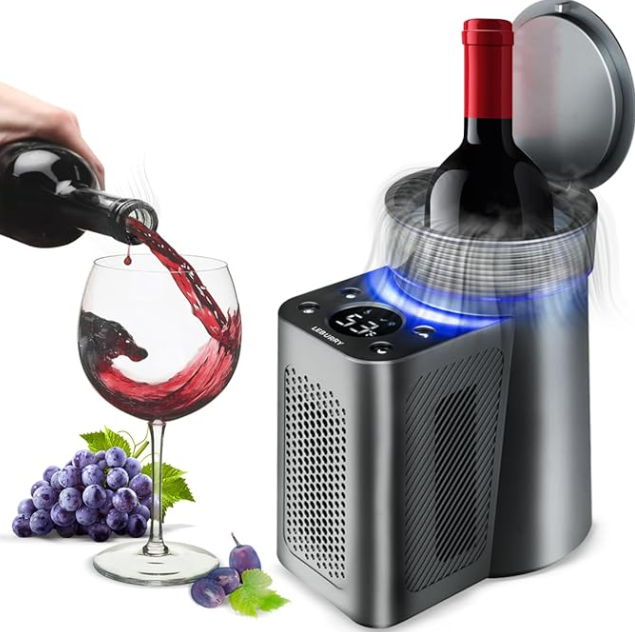
Assess the Cooler’s Size
Consider the available space in your home and ensure the wine cooler will fit comfortably.
Check for Adjustable Shelving
Look for models with adjustable shelves to accommodate different bottle sizes.
Assess Weight and Handles
Consider the cooler’s weight and whether it has handles for easy movement.
Placement Flexibility
Determine whether the cooler is designed for freestanding or built-in use.
Detailed Description
When purchasing a used wine cooler, portability and placement options are crucial factors to consider, particularly if you have limited space or plan to move the cooler frequently. Start by assessing the available space in your home to ensure the wine cooler will fit comfortably. Measure the area where you intend to place the cooler, including height, width, and depth, and compare these dimensions with the cooler's specifications. Adjustable shelving is another important feature to look for, especially if you have a diverse collection of wine bottles in varying sizes. Wine coolers with adjustable shelves allow you to customize the interior space, accommodating larger bottles like Champagne or magnum-sized wines without sacrificing storage capacity. The weight of the cooler and whether it has built-in handles are also considerations for portability. Heavier models may be difficult to move, so if you anticipate needing to relocate the cooler, look for a unit with sturdy handles or consider a lighter model. Additionally, consider the placement flexibility of the cooler—some models are designed for freestanding use, while others are meant to be built into cabinetry. Understanding the placement options ensures the cooler will not only fit in your space but also operate efficiently. By checking out the portability and placement options, you can select a used wine cooler that meets your spatial and functional needs, ensuring your wine is stored properly without unnecessary hassle.
7 Understand Maintenance and Repair Requirements
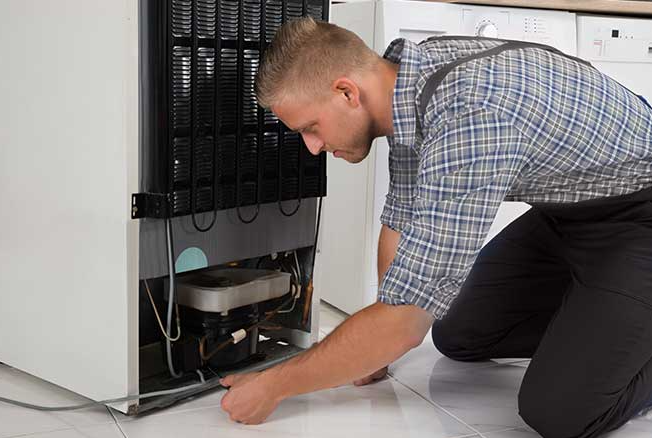
Inspect for Common Issues
Look for signs of wear, such as rust, faulty seals, or temperature inconsistencies.
Check the Availability of Parts
Ensure that replacement parts for the cooler are readily available.
Consider the Age of the Unit
Older models may require more frequent repairs, so factor this into your decision.
Regular Cleaning Needs
Understand the cleaning and maintenance routines required to keep the cooler functioning properly.
Detailed Description
Proper maintenance and an understanding of potential repair needs are essential when buying a used wine cooler. Start by thoroughly inspecting the cooler for common issues. Look for signs of rust, particularly around the door and interior shelves, as rust can indicate past moisture problems that may affect the cooler’s longevity. Also, check the door seals to ensure they are intact and functioning properly, as faulty seals can lead to temperature inconsistencies, compromising the quality of your wine. The availability of replacement parts is another critical consideration. Before purchasing, research whether parts for the cooler’s model are still available, especially if the unit is older. Some parts, like door seals or cooling fans, may need to be replaced over time, and being able to source these parts easily will save you from potential headaches in the future. Thus, consider the age of the unit. While older models may be less expensive, they might also require more frequent repairs or have outdated technology that is less efficient. Factor in the potential costs of repairs and the availability of service technicians who are familiar with the model. Regular cleaning and maintenance are also key to the wine cooler’s longevity. Understanding the routine care needed—such as cleaning the interior, checking for mold or mildew, and ensuring proper ventilation—will help you maintain the cooler in good working condition. By being aware of these factors, you can make an informed decision and choose a used wine cooler that will serve you well for years to come.
8 Set a Budget and Compare Prices

Determine Your Budget
Decide how much you are willing to spend on a used wine cooler.
Compare Features Within Your Price Range
Look for models that offer the best features for your budget.
Consider Long-Term Costs
Factor in potential maintenance and energy consumption costs.
Check for Warranties or Seller Guarantees
Evaluate whether the cooler comes with any warranty or guarantee from the seller.
Detailed Description
Setting a budget is a crucial step when buying a used wine cooler. With prices varying widely based on the cooler's brand, size, age, and condition, it's important to decide how much you are willing to spend before you start shopping. Your budget should not only reflect the initial purchase price but also account for any potential maintenance and repair costs, especially with older models. Once you have a budget in mind, compare the features of different wine coolers within that price range. While it might be tempting to opt for the cheapest option, it's important to balance cost with functionality. For instance, a slightly more expensive model that offers adjustable shelves, dual-zone cooling, or a more reliable brand reputation might be a better long-term investment. Additionally, consider the energy efficiency of the unit, as a less efficient model could lead to higher electricity bills over time. Therefore, to the upfront cost, consider whether the cooler comes with any warranties or guarantees from the seller. Some sellers may offer a limited warranty on used appliances, which can provide peace of mind and protect your investment if the cooler has any issues shortly after purchase. Even if a warranty isn't available, a seller guarantee, such as a return policy or a period of testing, can be a valuable addition. By carefully setting a budget and comparing features, long-term costs, and warranty options, you can make an informed decision that balances both your financial and wine storage needs.
Closing Remarks
Choosing the right used wine cooler can greatly enhance your wine preservation experience while offering significant cost savings. By carefully evaluating factors such as the cooler's condition, temperature control, energy efficiency, and storage capacity, you can find a reliable unit that meets your needs. Use this guide to navigate your purchase, ensuring that your wine collection is stored in optimal conditions for enjoyment at any time.
Faqs
What should I check when buying a used wine cooler?
How important is temperature control in a wine cooler?
Can I trust the energy efficiency of a used wine cooler?
Is it worth buying a used wine cooler?
How do I check if the seals on a wine cooler are still good?
What capacity should I look for in a wine cooler?
Are there specific brands that are better for used wine coolers?
How often should a wine cooler be serviced?
What are the signs of a failing wine cooler?
Can a wine cooler be repaired easily?
Leave a Comment
